Home>Gardening & Outdoor>Landscaping Ideas>How To Kill Bermuda Grass In Fescue Lawn
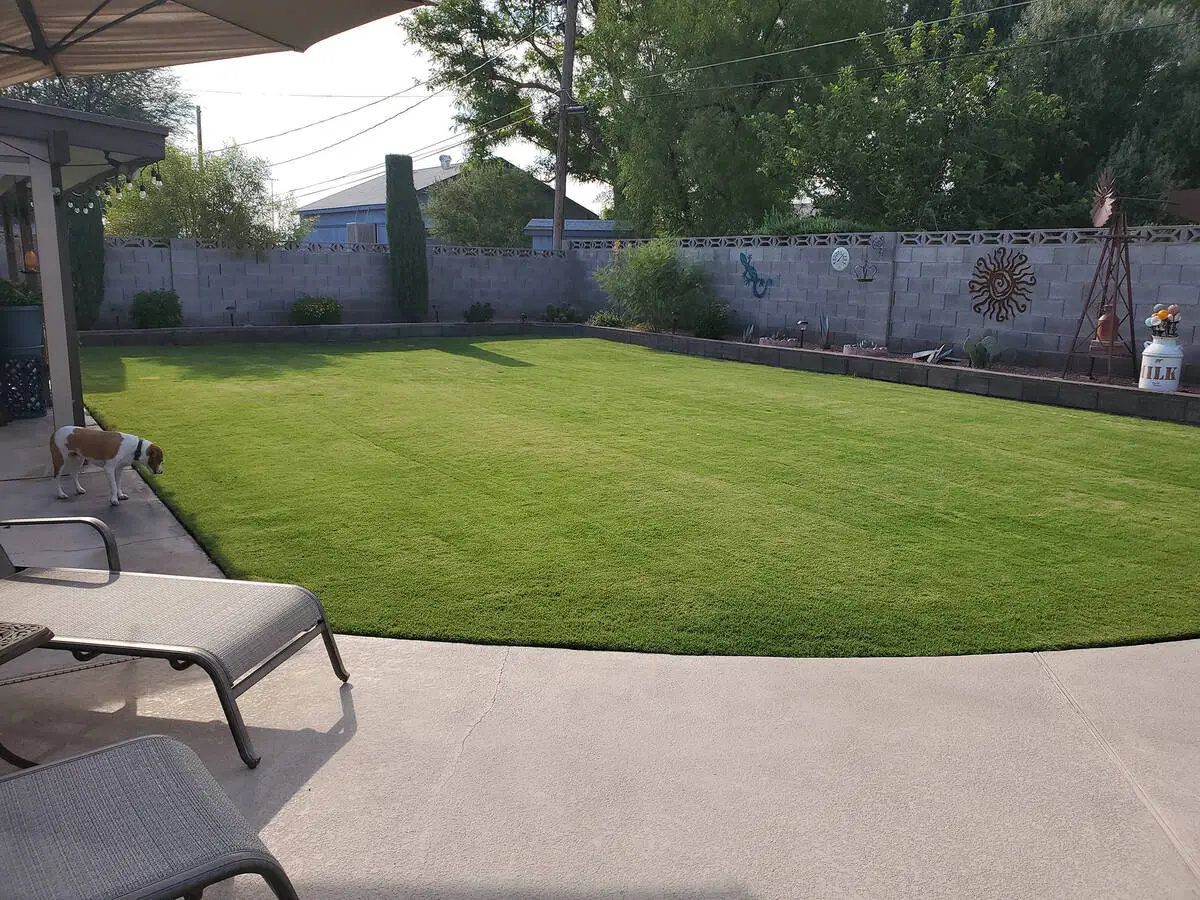

Landscaping Ideas
How To Kill Bermuda Grass In Fescue Lawn
Modified: March 26, 2024
Discover effective landscaping ideas to eliminate Bermuda grass from your Fescue lawn. Learn expert tips for a lush, weed-free yard.
(Many of the links in this article redirect to a specific reviewed product. Your purchase of these products through affiliate links helps to generate commission for Storables.com, at no extra cost. Learn more)
**
Introduction
**
Are you struggling with keeping your fescue lawn free from the invasive and persistent Bermuda grass? Dealing with unwanted Bermuda grass infiltrating your fescue lawn can be a challenging and frustrating experience for many homeowners and landscapers. Bermuda grass, known for its aggressive growth and resilience, often poses a significant threat to the well-manicured appearance of fescue lawns. However, with the right knowledge and strategies, you can effectively combat and eliminate Bermuda grass, restoring the lush beauty of your fescue lawn.
In this comprehensive guide, we will delve into the intricacies of Bermuda grass control within fescue lawns. From understanding the nature of Bermuda grass to identifying its presence in fescue lawns and exploring various methods for eradication, this article aims to equip you with the insights and techniques needed to reclaim your fescue lawn from the clutches of Bermuda grass.
Let's embark on this journey to regain the pristine charm of your fescue lawn while bidding farewell to the unwelcome Bermuda grass intruder.
Key Takeaways:
- Understanding Bermuda grass is crucial for effective control in fescue lawns. Its aggressive growth, wiry stems, and rapid spread pose a challenge, but with the right knowledge, you can identify and combat its infiltration.
- Combating Bermuda grass in fescue lawns requires a multifaceted approach. From mechanical removal and solarization to selective herbicides and organic methods, there are diverse strategies to restore the dominance of fescue turf.
Read more: How To Kill Tall Fescue In Bermuda Grass
Understanding Bermuda Grass
Before delving into the methods of eradicating Bermuda grass from your fescue lawn, it’s crucial to comprehend the nature of this resilient and invasive grass species. Bermuda grass, scientifically known as Cynodon dactylon, is a warm-season perennial grass that thrives in various climates and soil conditions. Its adaptability and aggressive growth habits make it a formidable opponent in the battle to maintain a pure fescue lawn.
Bermuda grass is characterized by its wiry stems, fine blades, and rapid lateral spread through both seeds and underground rhizomes, enabling it to quickly colonize and dominate areas where it’s not wanted. This grass species flourishes in full sun and exhibits exceptional drought tolerance, allowing it to outcompete other grass varieties, including fescue, in arid conditions.
Furthermore, Bermuda grass possesses a remarkable ability to survive low mowing heights, making it a persistent nuisance in lawns where fescue, which prefers higher mowing heights, is the desired grass type. Its deep and extensive root system enables it to withstand harsh environmental conditions and recover swiftly from damage, posing a substantial challenge for those aiming to eradicate it.
Understanding the growth patterns, resilience, and adaptability of Bermuda grass is pivotal in developing effective strategies to control and eliminate it from fescue lawns. Armed with this knowledge, you’ll be better prepared to identify and combat the encroachment of Bermuda grass in your fescue lawn, setting the stage for successful eradication methods.
Identifying Bermuda Grass in Fescue Lawn
Recognizing the presence of Bermuda grass within your fescue lawn is the first step in implementing targeted control measures. Given Bermuda grass’s aggressive nature, early detection and intervention are crucial in preventing its widespread infestation and preserving the integrity of your fescue lawn.
One of the key visual indicators of Bermuda grass intrusion is its distinct growth habit. Unlike fescue, Bermuda grass spreads through both above-ground stolons and below-ground rhizomes, forming a dense and interconnected network that can quickly overtake the surrounding turf. This results in irregular patches or infiltrations of Bermuda grass within the fescue lawn, often exhibiting a different texture, color, and growth pattern.
When inspecting your lawn, observe the following characteristics to identify Bermuda grass:
- Texture: Bermuda grass blades are typically finer and denser than fescue, with a distinct wiry appearance.
- Color: In comparison to the deep green hue of fescue, Bermuda grass may exhibit a lighter or more yellowish-green coloration, especially during periods of drought or stress.
- Growth Pattern: Bermuda grass tends to spread aggressively, forming thick mats and encroaching upon neighboring fescue turf. Its growth habit often results in uneven patches or borders within the fescue lawn.
- Rooting System: The presence of above-ground stolons and below-ground rhizomes, which enable Bermuda grass to propagate rapidly and establish new growth points, distinguishes it from the growth pattern of fescue.
In addition to visual cues, Bermuda grass exhibits resilience and vigor, particularly during periods of stress or low maintenance. It thrives in full sun and displays exceptional drought tolerance, often outcompeting fescue in challenging environmental conditions.
By familiarizing yourself with these distinguishing features, you can effectively identify Bermuda grass infiltrations within your fescue lawn, allowing for targeted and precise control measures to be implemented. Early detection and proactive management are essential in mitigating the spread of Bermuda grass and preserving the lush appearance of your fescue lawn.
Methods for Killing Bermuda Grass in Fescue Lawn
When confronted with the task of eradicating Bermuda grass from a fescue lawn, employing effective and targeted methods is essential to achieve successful control and eventual elimination. While the resilient nature of Bermuda grass poses a challenge, several approaches can be utilized to combat its encroachment and restore the dominance of fescue in your lawn.
Mechanical Removal:
One of the primary methods for addressing Bermuda grass infestations involves mechanical removal, which entails physically uprooting and eliminating the invasive grass from the fescue lawn. This can be achieved through diligent hand-pulling of Bermuda grass clumps and rhizomes, particularly in areas where its infiltration is limited. However, it’s important to exercise caution and thoroughness during this process to prevent the inadvertent spread of Bermuda grass rhizomes, as even small fragments can regenerate new growth.
Read more: How To Remove Bermuda Grass From Fescue
Solarization:
Solarization is an environmentally friendly and non-chemical approach to controlling Bermuda grass. This method involves covering the affected areas with clear plastic sheeting during the hottest months of the year, harnessing solar energy to elevate soil temperatures and effectively kill the underlying Bermuda grass and its rhizomes. Solarization can be particularly effective in targeting localized Bermuda grass outbreaks within the fescue lawn, albeit requiring careful monitoring and management to ensure optimal results.
Scalping and Seeding:
Scalping the affected areas of the lawn, followed by overseeding with fescue, can help weaken and suppress Bermuda grass while promoting the resurgence of desirable turf. This process involves mowing the lawn at an extremely low height to expose the Bermuda grass, subsequently overseeding with fescue to encourage its establishment and outcompete the remaining Bermuda grass. Regular maintenance and overseeding can gradually diminish the presence of Bermuda grass and bolster the dominance of fescue in the lawn.
Integration of Barriers:
Implementing physical barriers, such as metal or plastic edging, can help contain and restrict the lateral spread of Bermuda grass into fescue areas. By creating distinct boundaries and barriers between the two grass species, you can mitigate the encroachment of Bermuda grass and safeguard the integrity of the fescue lawn. This method is particularly effective in preventing the reinfestation of Bermuda grass in areas where it has been successfully eradicated.
These methods, when employed strategically and in conjunction with one another, can significantly contribute to the control and suppression of Bermuda grass within fescue lawns, paving the way for the restoration of a pristine and lush turf dominated by fescue grass.
Chemical Options for Bermuda Grass Control
When confronting extensive or persistent Bermuda grass infestations in fescue lawns, the strategic use of chemical control methods can provide an effective and targeted approach to combatting this resilient warm-season grass species. It’s important to note that the application of herbicides should be approached with caution and adherence to product labels and safety guidelines to minimize environmental impact and ensure the desired outcomes.
Read more: How To Permanently Kill Bermuda Grass
Selective Herbicides:
Selective herbicides formulated specifically for warm-season grass control, such as Bermuda grass, can be utilized to target and suppress its growth within fescue lawns. These herbicides are designed to selectively target Bermuda grass while minimizing adverse effects on cool-season grasses like fescue. When applied according to label instructions and timing recommendations, selective herbicides can effectively weaken and reduce the presence of Bermuda grass, allowing fescue to thrive and reclaim dominance in the lawn.
Non-Selective Herbicides:
Non-selective herbicides, such as glyphosate-based products, can be employed to eradicate Bermuda grass in areas where complete vegetation control is desired. Care must be taken when using non-selective herbicides, as they can eliminate all plant life in the targeted area. Spot treatments with non-selective herbicides can be applied to localized Bermuda grass outbreaks, followed by reseeding with fescue to restore the desired turf composition. It’s crucial to avoid overspray or drift onto desirable vegetation to prevent unintended damage.
Pre-Emergent Herbicides:
Pre-emergent herbicides can be instrumental in preventing the germination and establishment of Bermuda grass seeds in fescue lawns. By creating a barrier in the soil that inhibits seedling emergence, pre-emergent herbicides can impede the encroachment of Bermuda grass and reduce the need for post-emergent control measures. Regular application of pre-emergent herbicides at the appropriate timing can contribute to long-term Bermuda grass suppression and promote the vitality of fescue turf.
Herbicide Application Considerations:
When utilizing herbicides for Bermuda grass control, it’s imperative to consider factors such as weather conditions, application timing, and potential impacts on non-target vegetation. Adhering to recommended application rates, timing, and safety precautions is essential to minimize the risk of unintended damage and optimize the efficacy of herbicide treatments. Additionally, integrating herbicide applications with comprehensive lawn management practices, including proper mowing, irrigation, and fertilization, can enhance the overall resilience and health of the fescue lawn.
By leveraging these chemical options judiciously and in accordance with best practices, you can effectively manage and mitigate Bermuda grass encroachments in fescue lawns, fostering the flourishing of desirable turf and restoring the aesthetic appeal of your lawn.
Read more: How To Repair Bermuda Grass Lawn
Organic Methods for Bermuda Grass Control
For individuals seeking environmentally conscious and natural approaches to combat Bermuda grass invasions in fescue lawns, several organic methods can be employed to effectively manage and suppress the encroachment of this resilient warm-season grass species. Embracing organic control measures not only minimizes the ecological impact but also promotes the long-term health and sustainability of the lawn ecosystem.
Manual Removal and Mulching:
Manual removal of Bermuda grass, coupled with the application of organic mulch, can serve as a fundamental organic control method. By diligently hand-pulling Bermuda grass clumps and rhizomes, particularly in localized areas, and subsequently applying a layer of organic mulch, you can impede the reemergence of Bermuda grass while fostering the enrichment and moisture retention of the soil. This approach supports the gradual suppression of Bermuda grass and promotes the vigor of fescue turf through natural means.
Vinegar Solutions:
Utilizing vinegar-based solutions as a targeted herbicidal treatment for Bermuda grass can be an effective organic approach. The acetic acid in vinegar serves as a non-selective desiccant, effectively drying out and damaging the foliage of Bermuda grass. When applied judiciously to the affected areas, vinegar solutions can help weaken the vigor of Bermuda grass, facilitating its gradual decline while minimizing the impact on surrounding vegetation. It’s important to exercise caution and precision when applying vinegar solutions to prevent unintended damage to desirable plants.
Organic Soil Amendments:
Enhancing the soil health and composition through the application of organic amendments, such as compost and natural fertilizers, can contribute to the resilience and competitiveness of fescue turf while creating less favorable conditions for Bermuda grass growth. Organic soil amendments aid in improving soil structure, nutrient availability, and microbial activity, fostering an environment conducive to the flourishing of fescue while reducing the vigor of Bermuda grass. Regular incorporation of organic amendments supports the long-term suppression of Bermuda grass and the promotion of a thriving fescue lawn.
Read more: What To Use To Kill Bermuda Grass
Comprehensive Lawn Care Practices:
Implementing holistic organic lawn care practices, including proper mowing heights, adequate irrigation, and balanced fertilization using organic products, can bolster the overall health and vitality of the fescue lawn, thereby reducing the susceptibility of Bermuda grass encroachments. By fostering a robust and well-maintained turf ecosystem through organic approaches, you can create an environment where fescue thrives while Bermuda grass finds it increasingly challenging to establish and proliferate.
Embracing these organic methods for Bermuda grass control not only aligns with sustainable and eco-friendly principles but also contributes to the long-term resilience and beauty of fescue lawns. By integrating these natural approaches with attentive lawn management, you can effectively manage Bermuda grass encroachments while nurturing a vibrant and lush fescue turf.
Preventing Bermuda Grass Reinfestation
After successfully implementing control measures to eradicate Bermuda grass from your fescue lawn, it’s crucial to proactively engage in preventive strategies to minimize the risk of reinfestation and maintain the dominance of fescue turf. Preventing Bermuda grass from regaining a foothold in your lawn involves a combination of vigilant monitoring, strategic lawn maintenance, and targeted interventions to fortify the resilience of the fescue ecosystem.
Vigilant Monitoring and Early Intervention:
Regularly inspecting your lawn for signs of Bermuda grass resurgence is pivotal in preventing reinfestation. Keep a watchful eye for any emerging Bermuda grass clumps, stolons, or rhizomes, especially along the borders and transition zones between fescue and other areas. Promptly addressing any detected Bermuda grass incursions through targeted removal or spot treatments can prevent its spread and consolidation within the fescue lawn.
Optimal Lawn Maintenance Practices:
Adhering to optimal lawn maintenance practices, including appropriate mowing heights, regular aeration, and balanced fertilization, can bolster the vigor and density of fescue turf, creating an environment less conducive to Bermuda grass establishment. Maintaining the recommended mowing height for fescue and avoiding excessively low mowing can promote the competitiveness of fescue while inhibiting the resurgence of Bermuda grass.
Read more: What Kills Weeds But Not Bermuda Grass
Strategic Irrigation Management:
Implementing strategic irrigation practices that support the moisture requirements of fescue while creating less favorable conditions for Bermuda grass can contribute to preventing reinfestation. Proper watering techniques, such as deep and infrequent irrigation, encourage the development of a robust fescue root system while discouraging the proliferation of Bermuda grass, which exhibits resilience in response to moisture stress.
Establishing Physical Barriers:
Creating and maintaining physical barriers, such as metal or plastic edging, along the perimeters of the fescue lawn can serve as a deterrent to the lateral spread of Bermuda grass from adjacent areas. By establishing clear boundaries and containment measures, you can impede the encroachment of Bermuda grass and safeguard the integrity of the fescue turf. Regularly inspect and maintain these barriers to ensure their effectiveness in preventing reinfestation.
Regular Overseeding and Maintenance:
Engaging in regular overseeding with high-quality fescue varieties and implementing comprehensive lawn maintenance practices can contribute to the resilience and density of the fescue lawn, minimizing opportunities for Bermuda grass reestablishment. By fostering a robust and well-maintained turf ecosystem, you create an environment where fescue thrives, making it increasingly challenging for Bermuda grass to gain a foothold and proliferate.
By integrating vigilant monitoring, strategic lawn maintenance, and targeted interventions, you can effectively prevent Bermuda grass reinfestation and sustain the lush and vibrant appearance of your fescue lawn. Proactive measures aimed at fortifying the dominance of fescue turf create an environment where Bermuda grass finds it increasingly challenging to return, ensuring the enduring beauty and health of your lawn.
Conclusion
Managing and controlling Bermuda grass within a fescue lawn demands a blend of knowledge, persistence, and strategic intervention. This resilient warm-season grass, known for its aggressive growth and resilience, often presents a formidable challenge to those seeking to maintain a pure fescue turf. However, armed with a comprehensive understanding of Bermuda grass characteristics and a diverse array of control methods, you can successfully combat its encroachment and restore the dominance of fescue in your lawn.
From the initial stages of identifying Bermuda grass infiltrations to implementing targeted eradication methods, such as mechanical removal, solarization, and scalping with overseeding, a multifaceted approach is essential in effectively managing its presence. The utilization of chemical options, including selective herbicides and pre-emergent treatments, offers targeted solutions for combating Bermuda grass, while organic methods, such as manual removal, vinegar solutions, and organic soil amendments, provide environmentally conscious alternatives for control.
Furthermore, preventing Bermuda grass reinfestation through vigilant monitoring, optimal lawn maintenance, and the establishment of physical barriers is paramount in sustaining the vitality and dominance of fescue turf. By integrating these preventive strategies with regular overseeding and comprehensive lawn care practices, you can create an environment where Bermuda grass finds it increasingly challenging to regain a foothold, ensuring the enduring beauty and health of your fescue lawn.
As you embark on the journey to reclaim your fescue lawn from the encroachment of Bermuda grass, remember that persistence and consistent maintenance are key to long-term success. Whether you opt for organic approaches or judicious use of chemical control methods, the ultimate goal is to foster a vibrant and lush fescue turf that remains resilient against Bermuda grass incursions.
By combining knowledge, diligence, and a proactive mindset, you can overcome the challenges posed by Bermuda grass and create a fescue lawn that exudes beauty, health, and enduring charm. Embrace the journey of reclaiming your fescue lawn while bidding farewell to the unwelcome invader, knowing that with the right strategies and care, the lush and pristine appearance of your fescue turf can be preserved for years to come.
Frequently Asked Questions about How To Kill Bermuda Grass In Fescue Lawn
Was this page helpful?
At Storables.com, we guarantee accurate and reliable information. Our content, validated by Expert Board Contributors, is crafted following stringent Editorial Policies. We're committed to providing you with well-researched, expert-backed insights for all your informational needs.
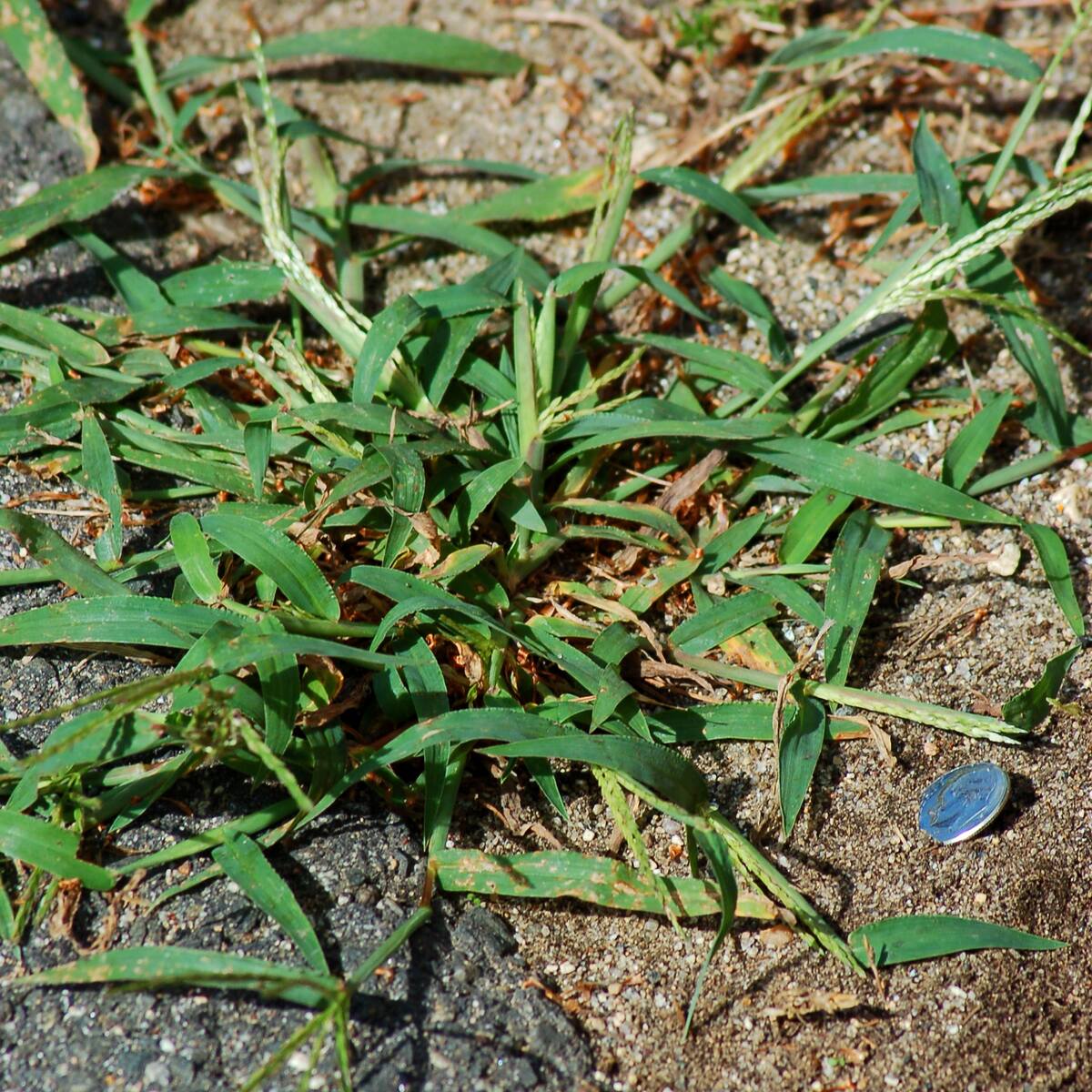
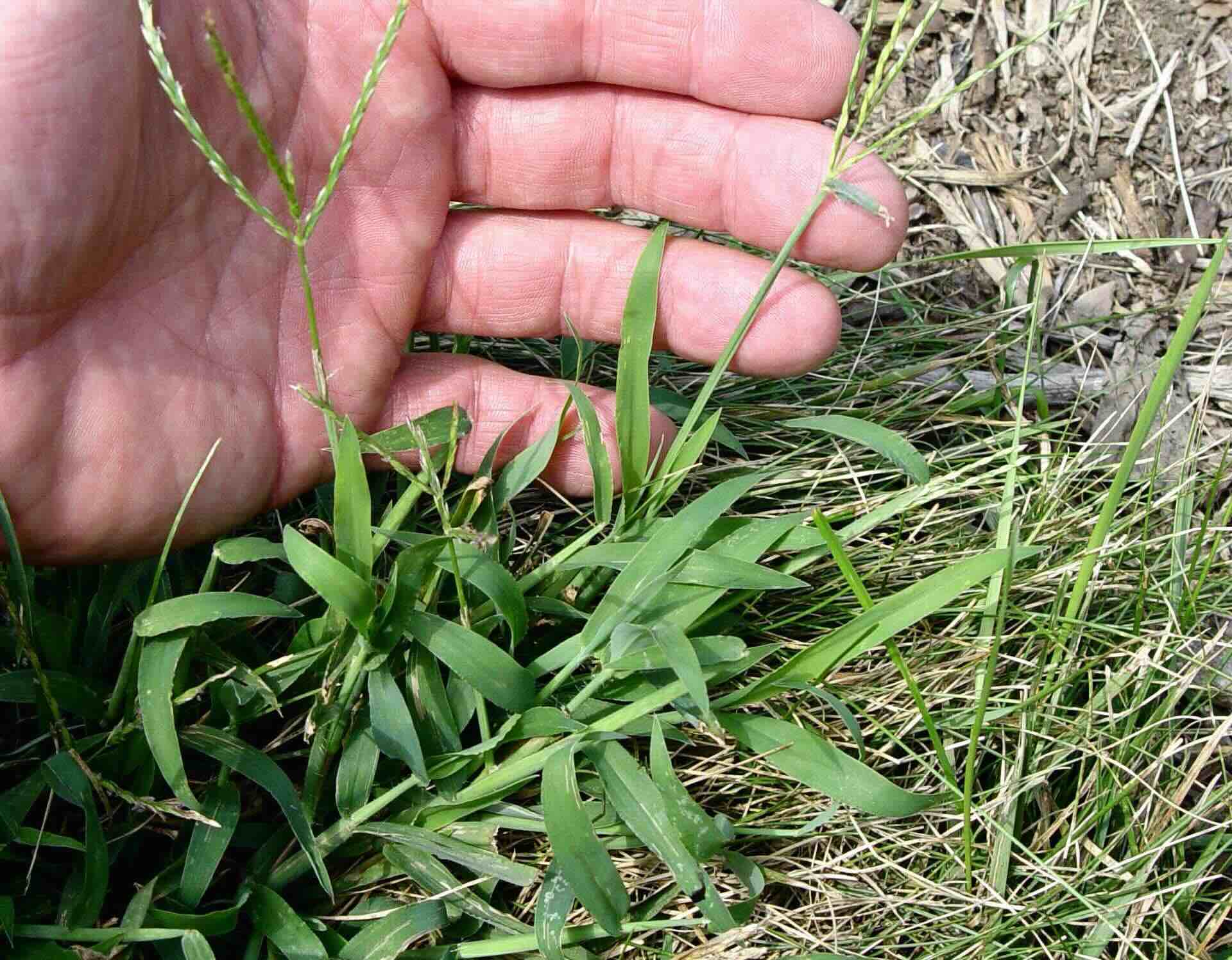
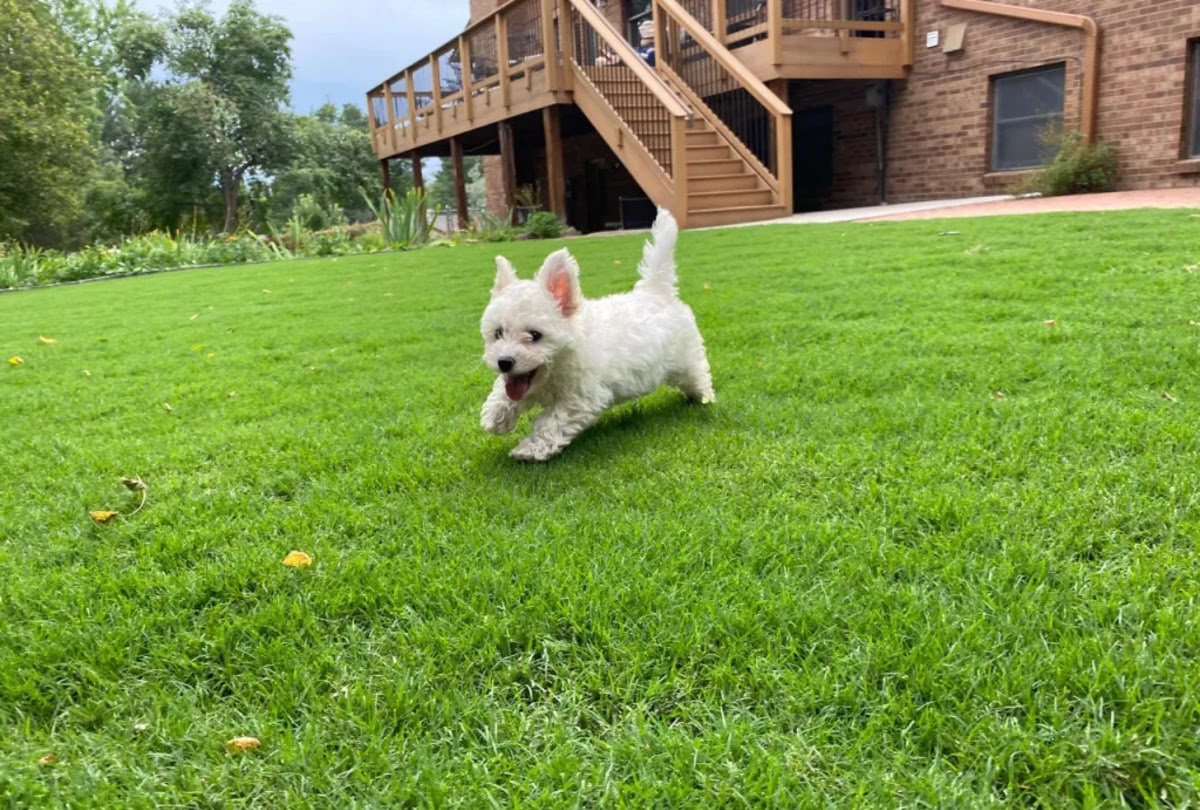
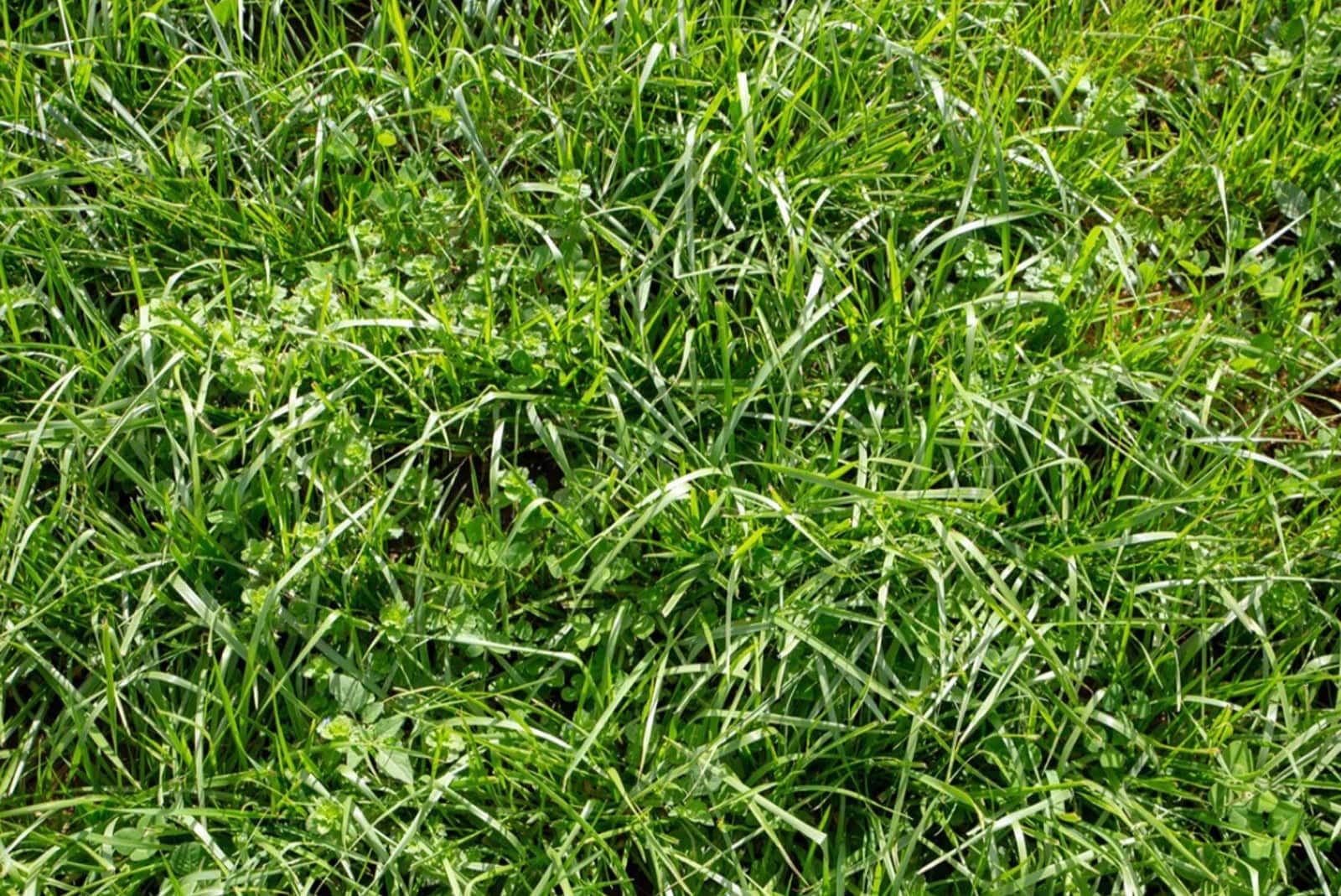
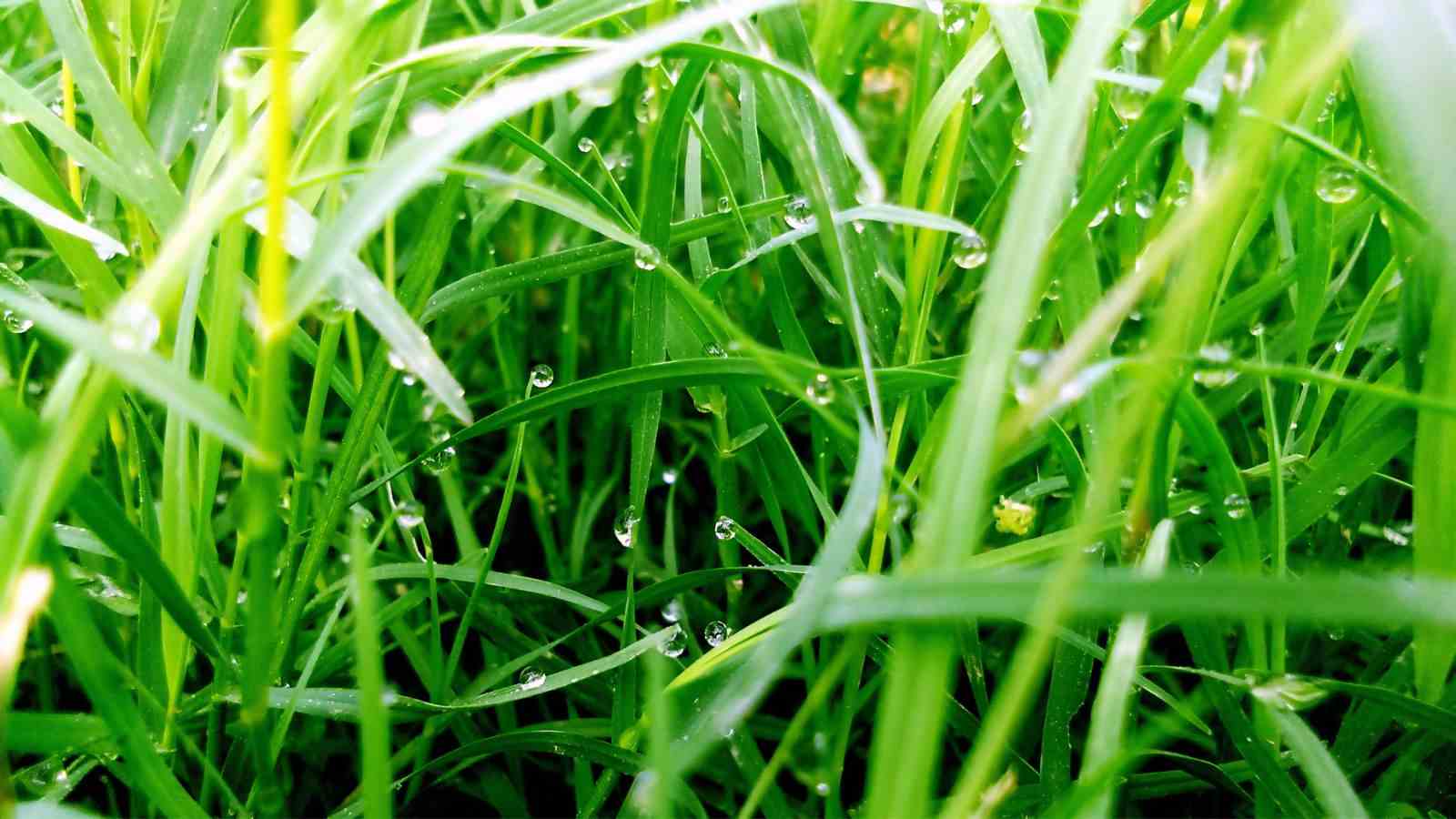
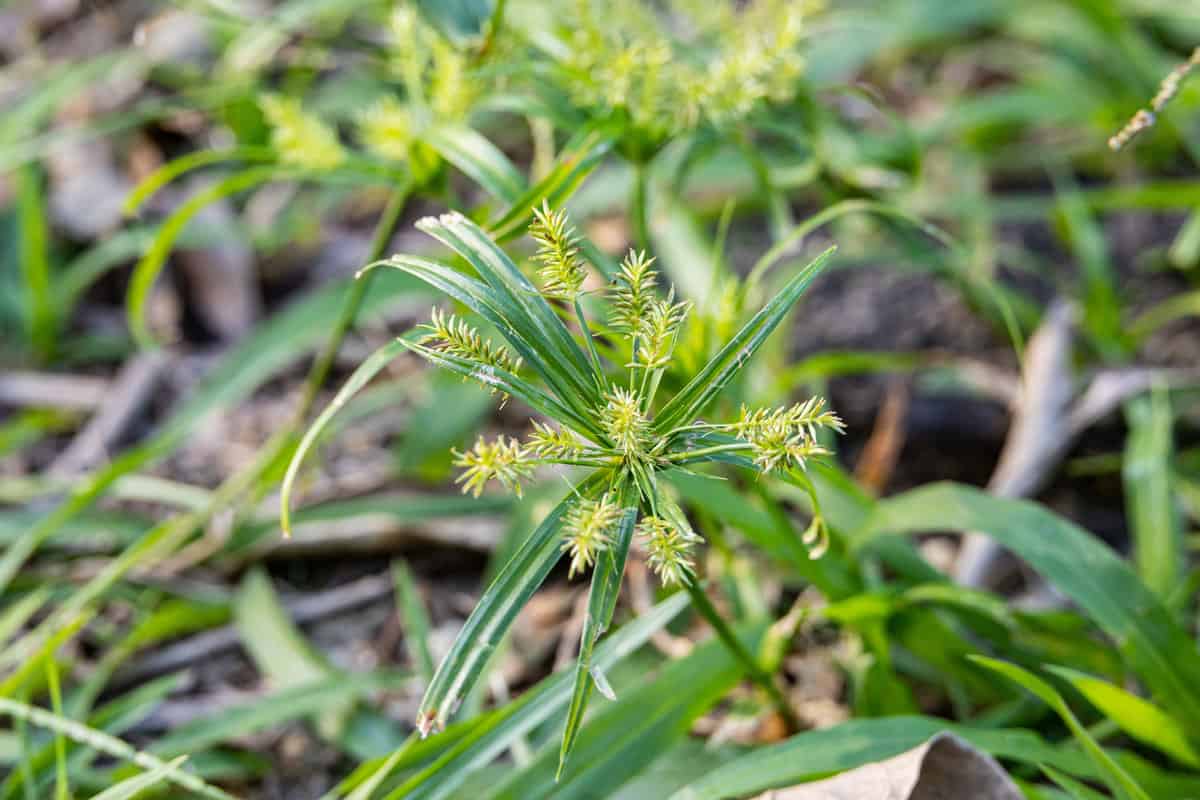
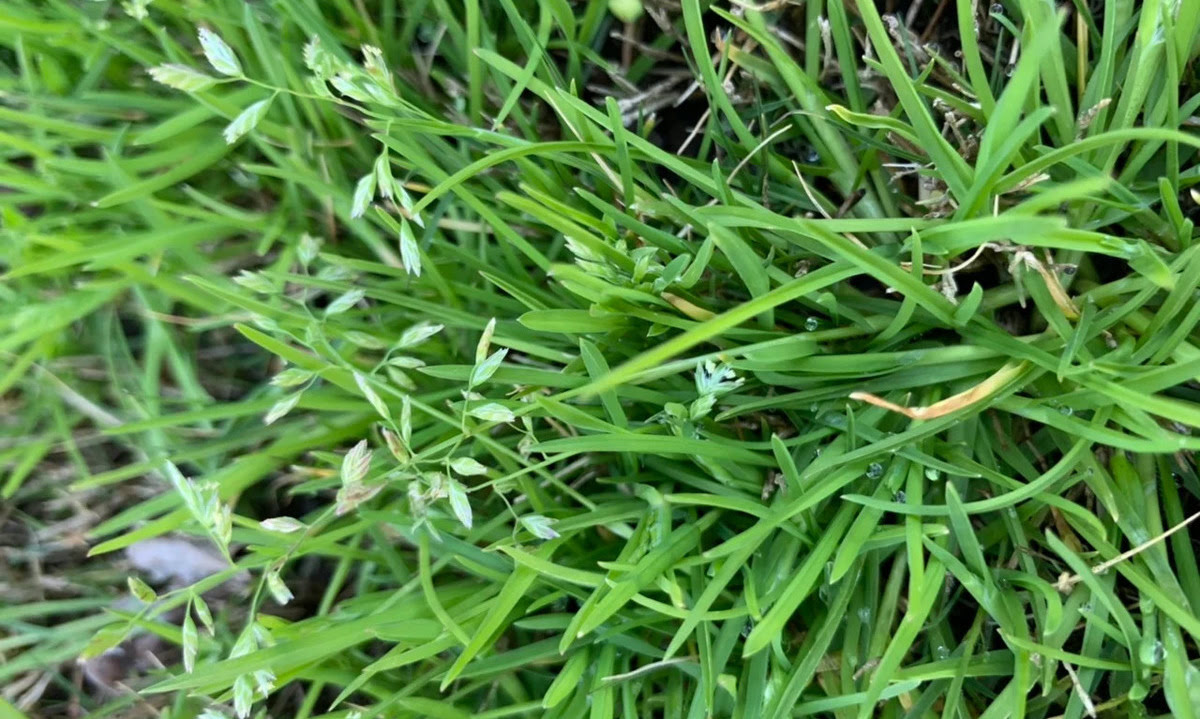
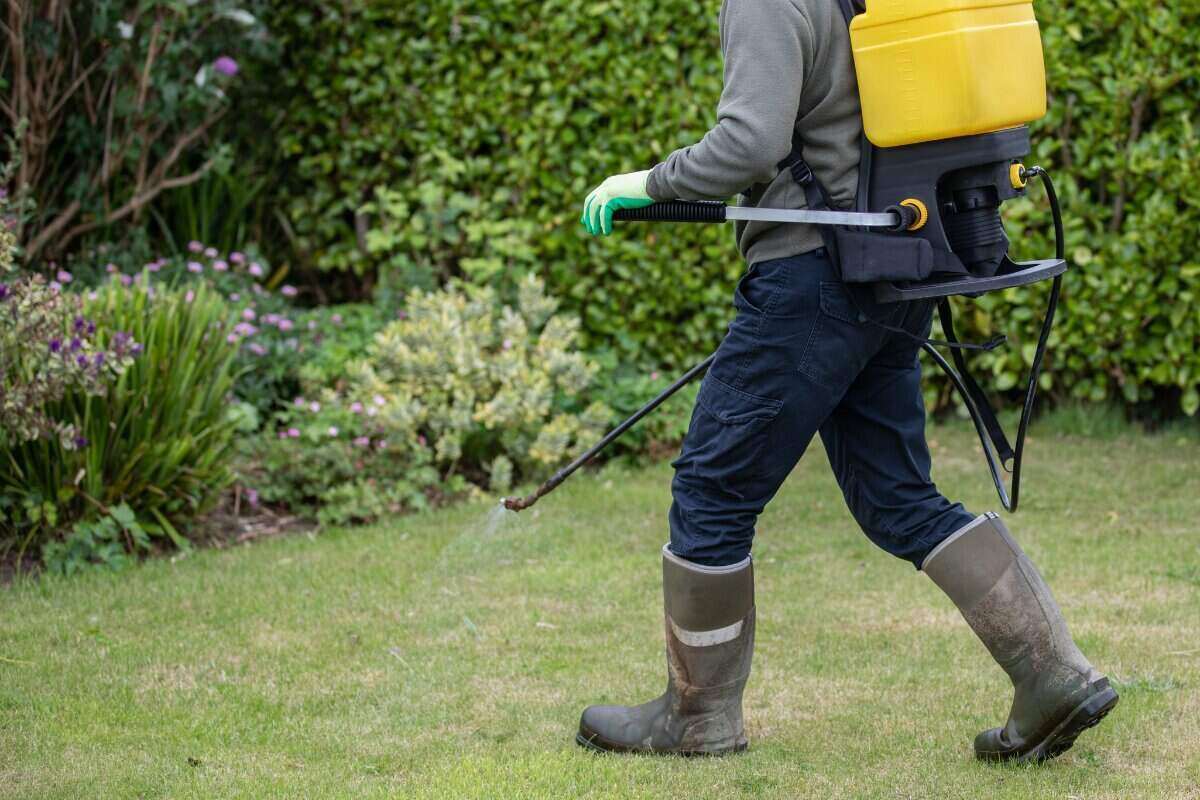
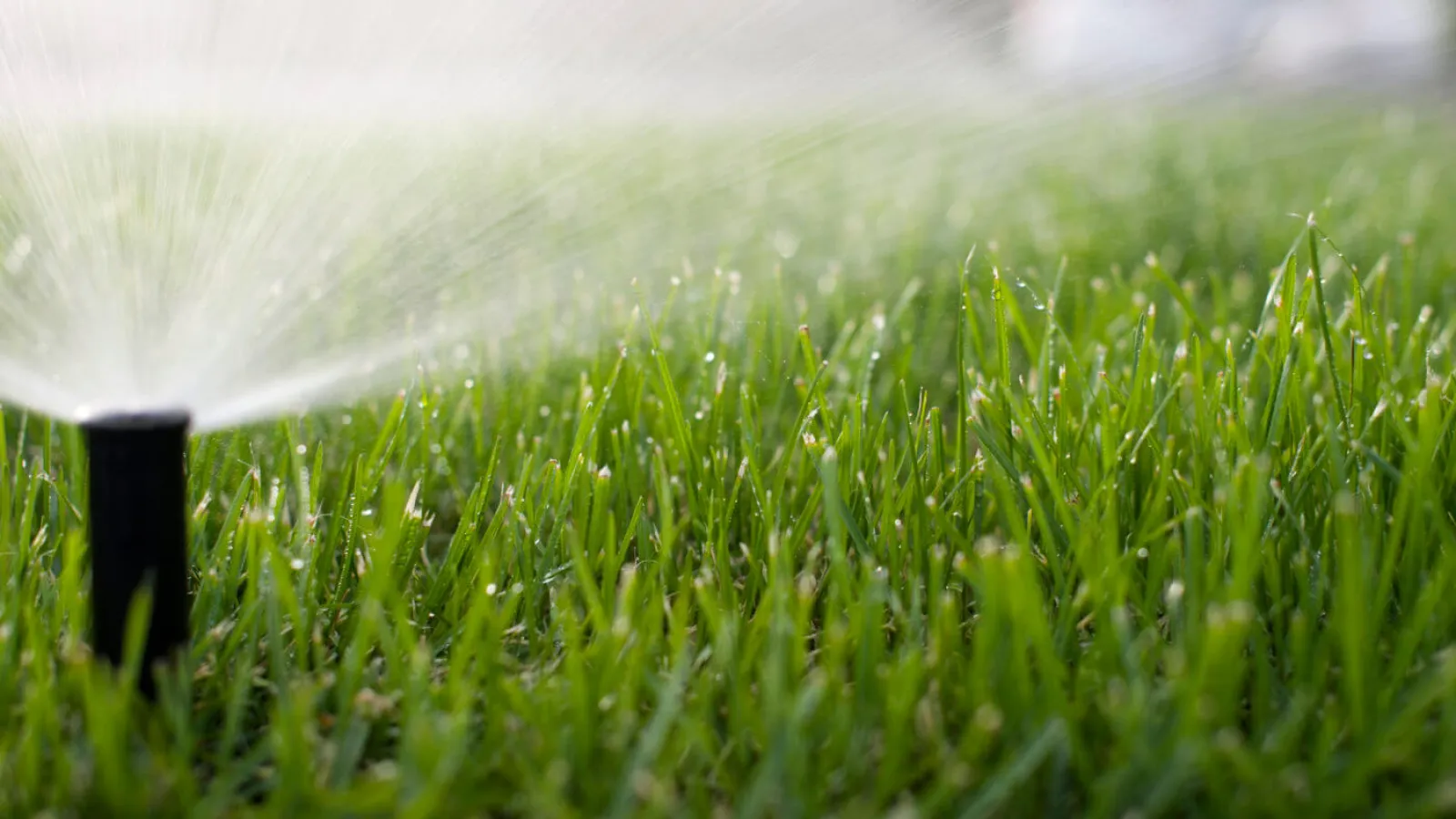
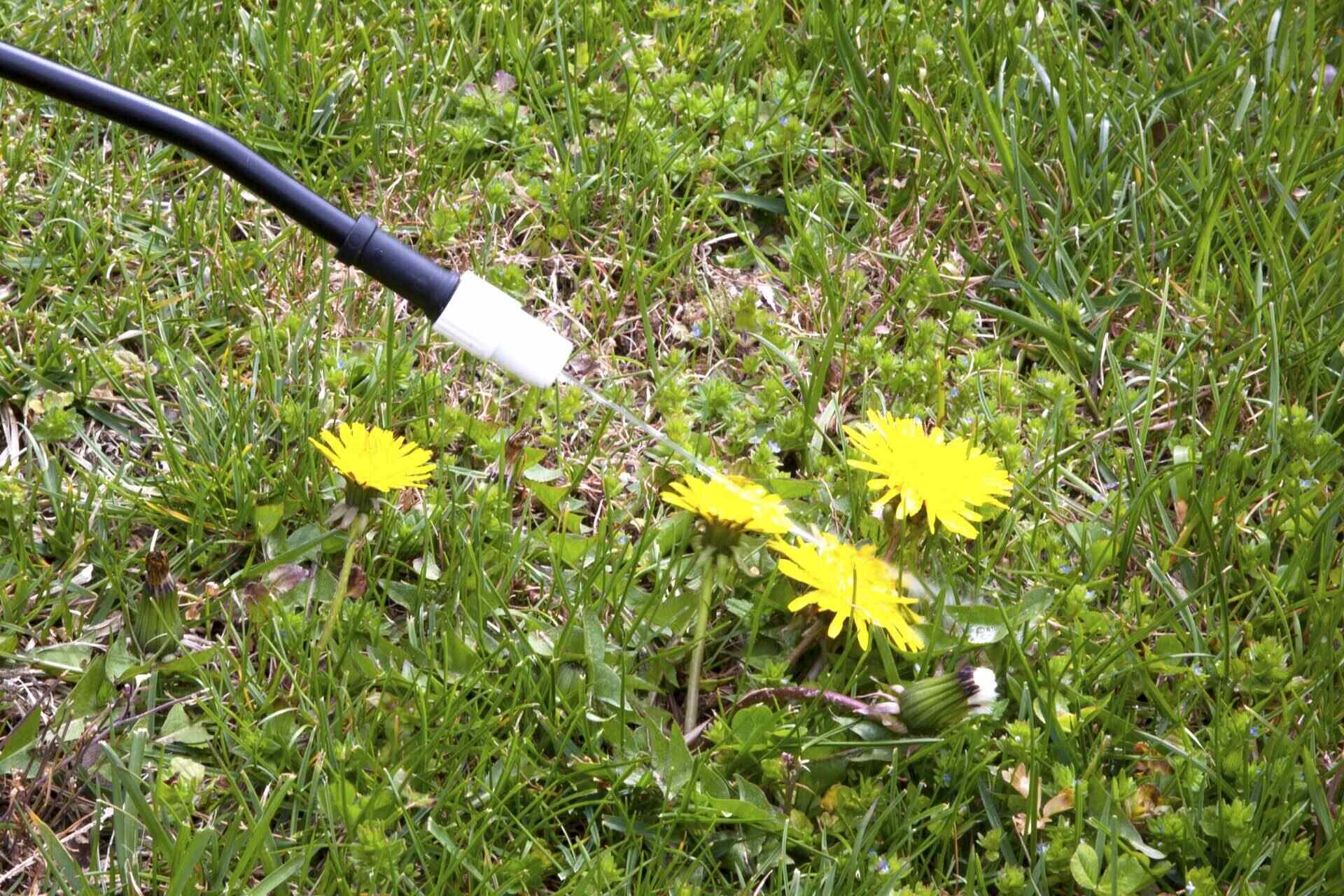

0 thoughts on “How To Kill Bermuda Grass In Fescue Lawn”